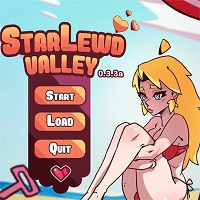Monster Hunter Wilds: Weapon Tuning and Design Philosophy
With each new Monster Hunter installment, players eagerly anticipate experiencing their favorite weapons within the game's unique mechanics. Monster Hunter Wilds, aiming for a seamless hunting experience, presents significant changes to weapon tuning, impacting gameplay significantly. We interviewed Kaname Fujioka (Art Director and Executive Director, also director of the first Monster Hunter game) and Yuya Tokuda (Wilds Director, involved since Monster Hunter Freedom) to delve into these changes.
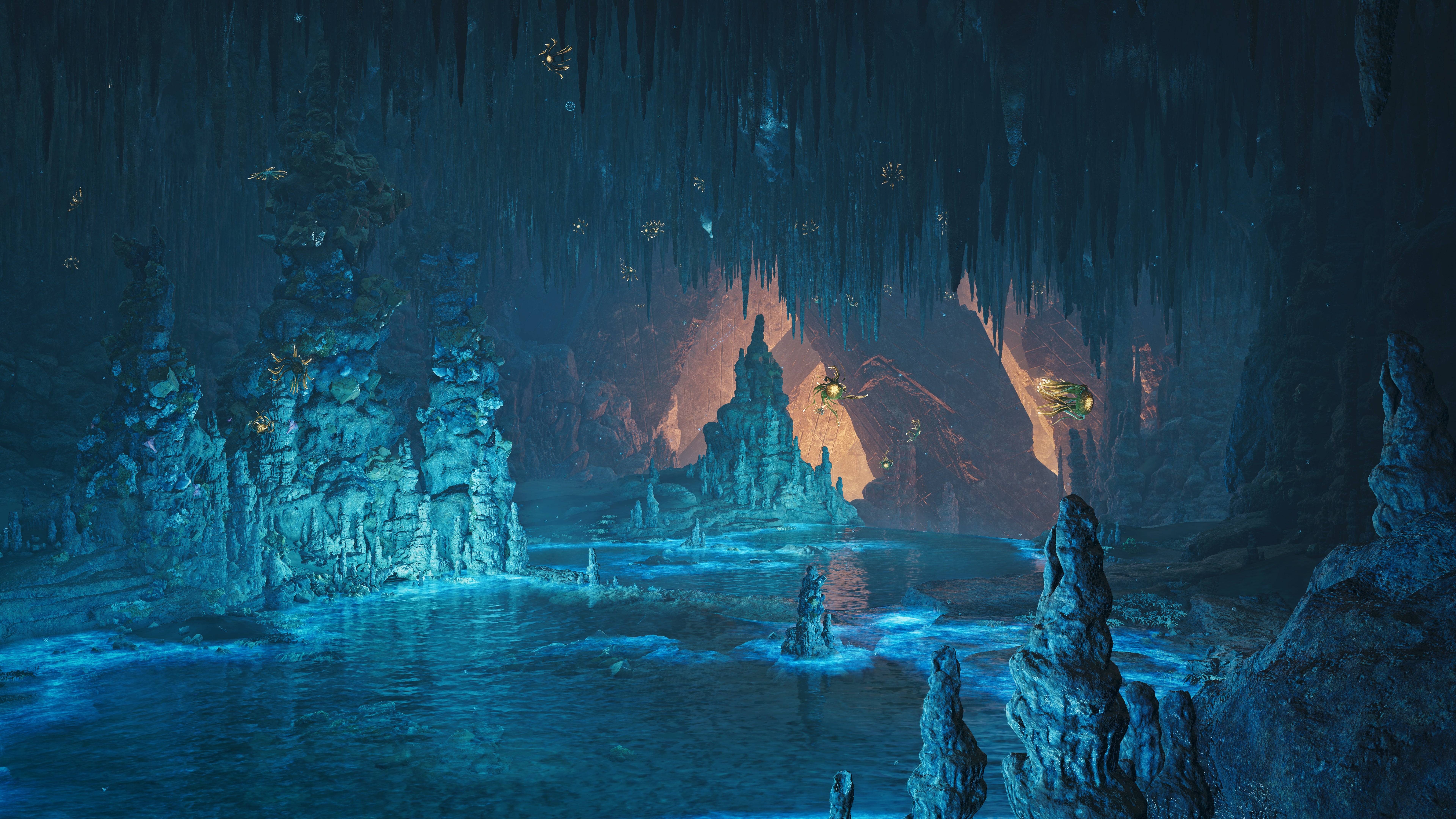
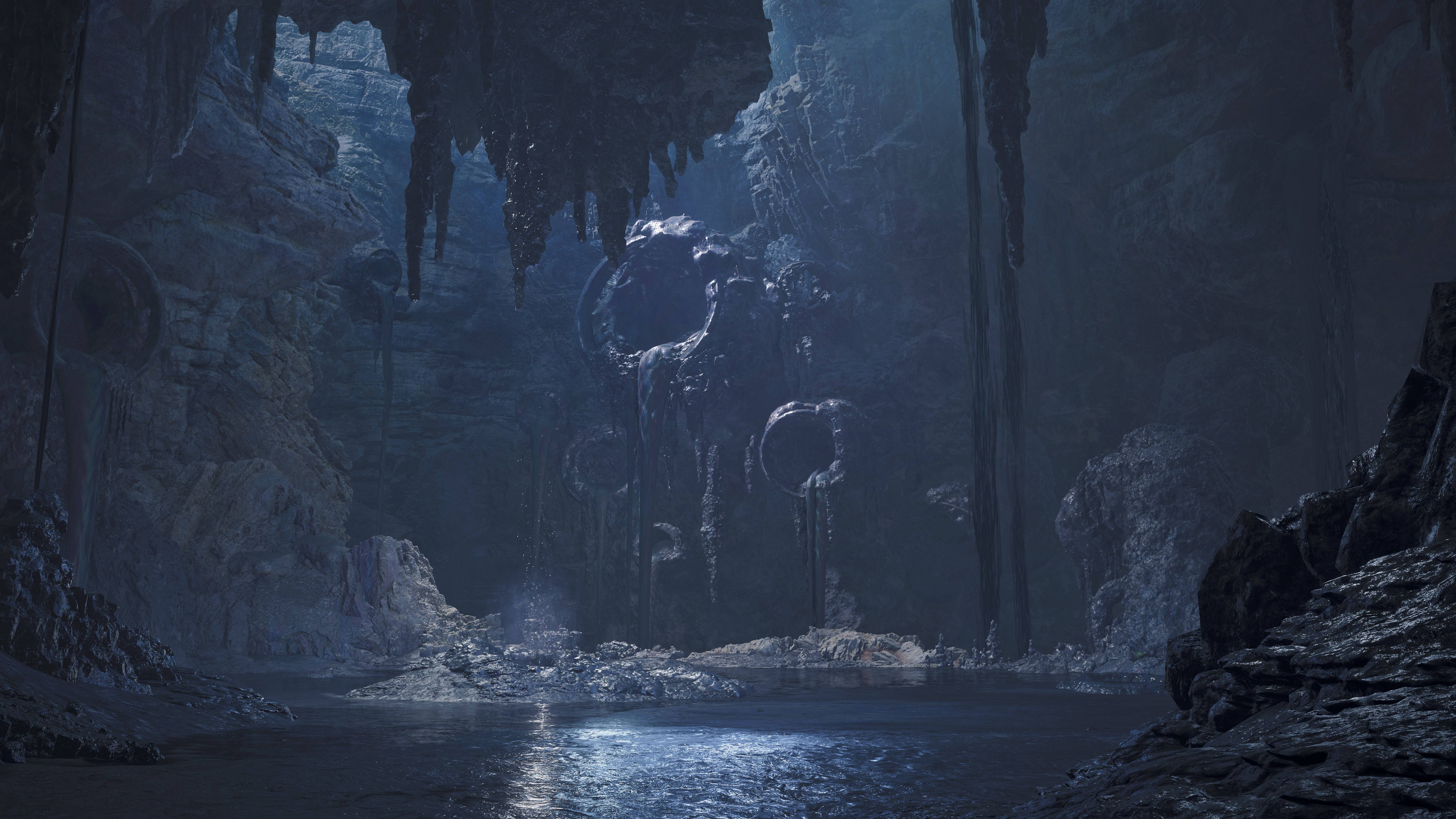
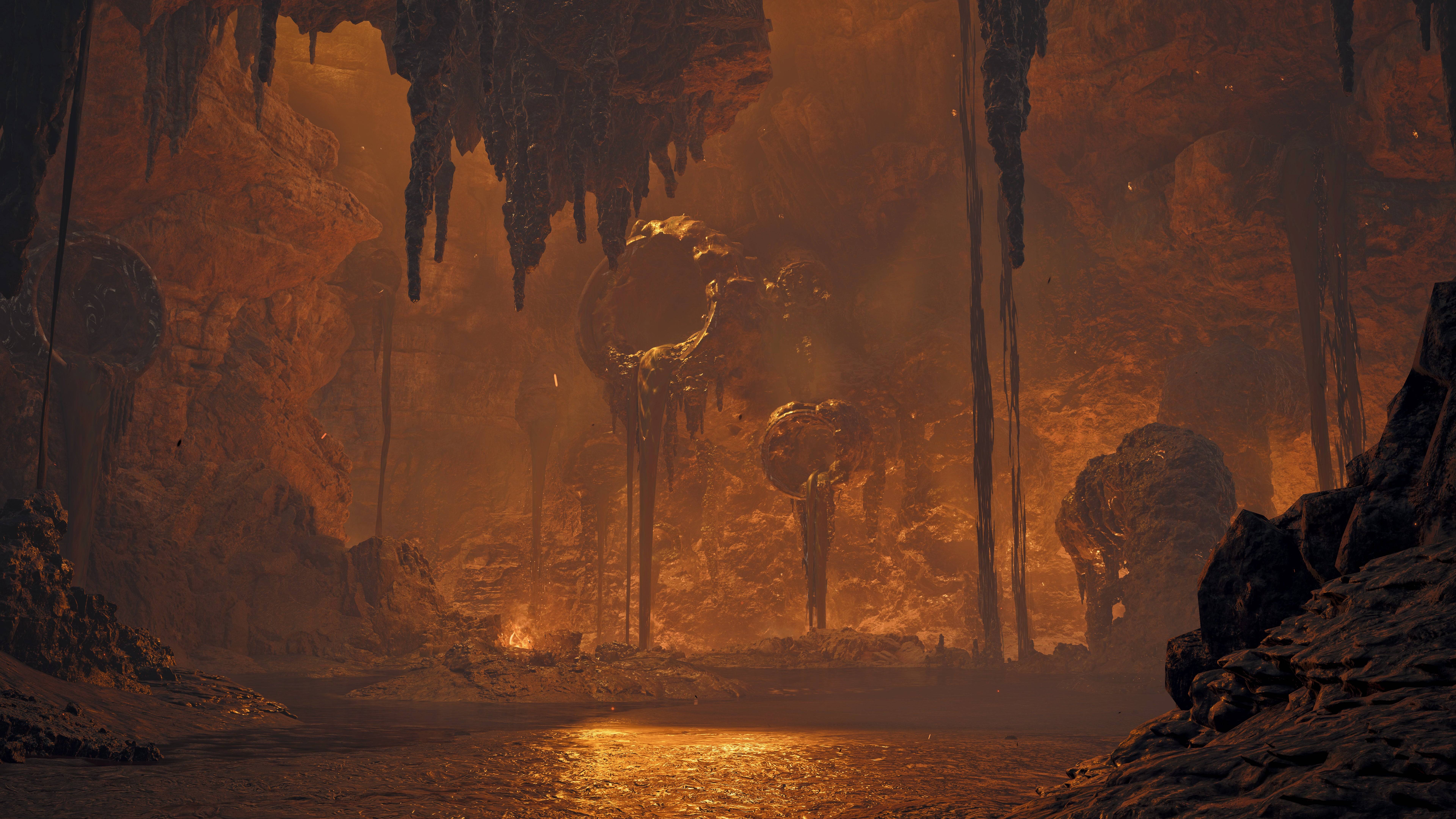
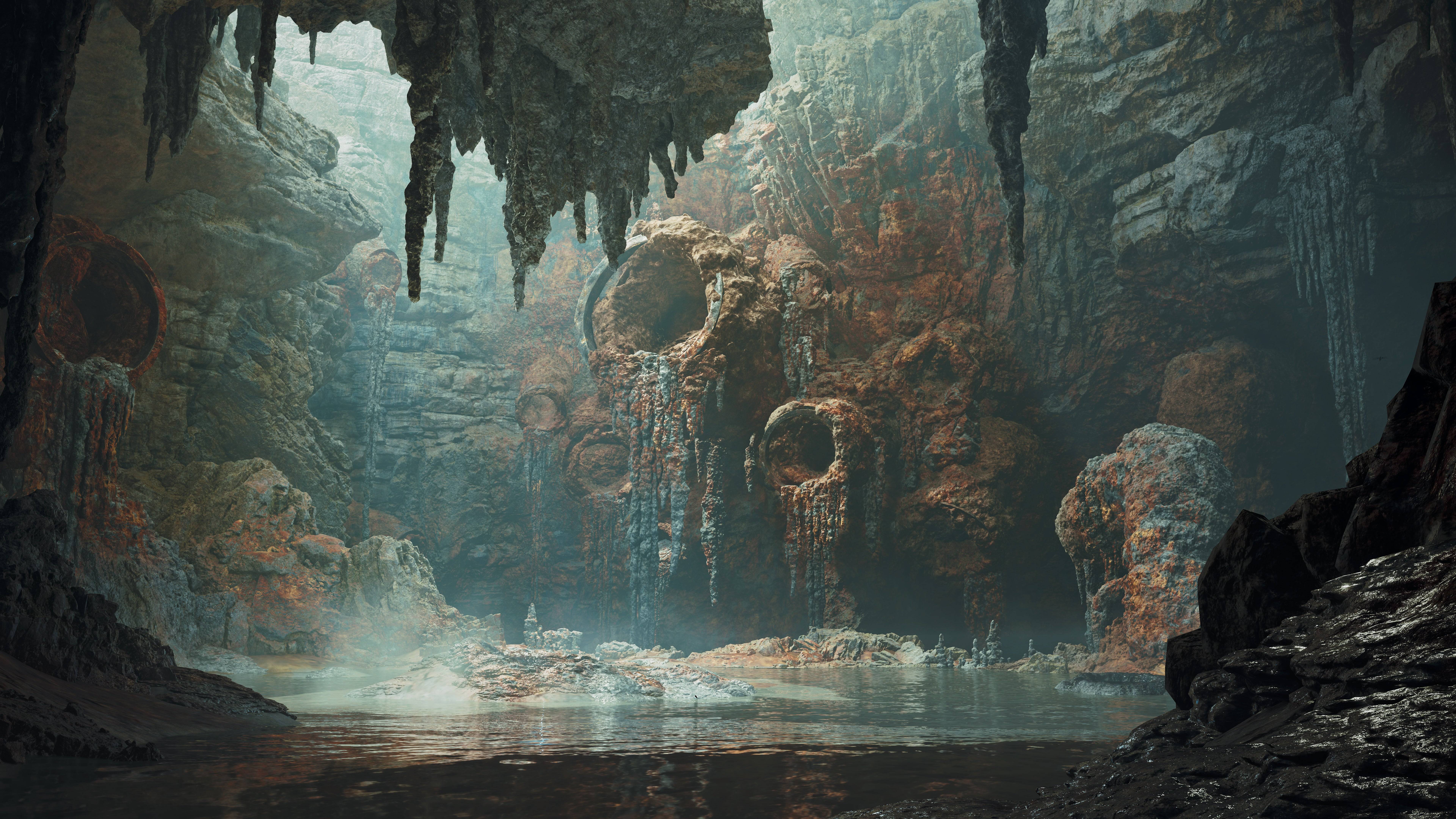
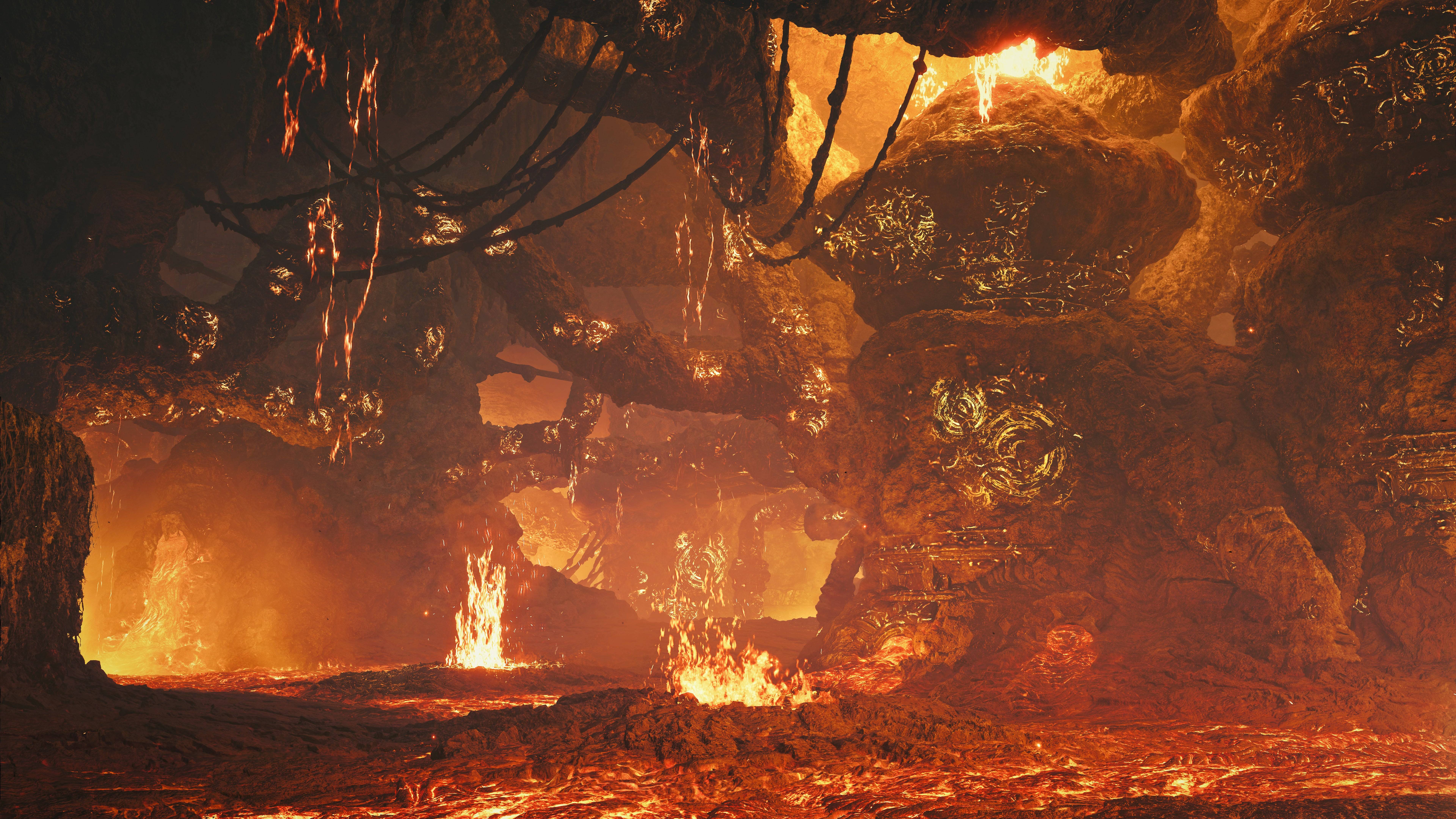
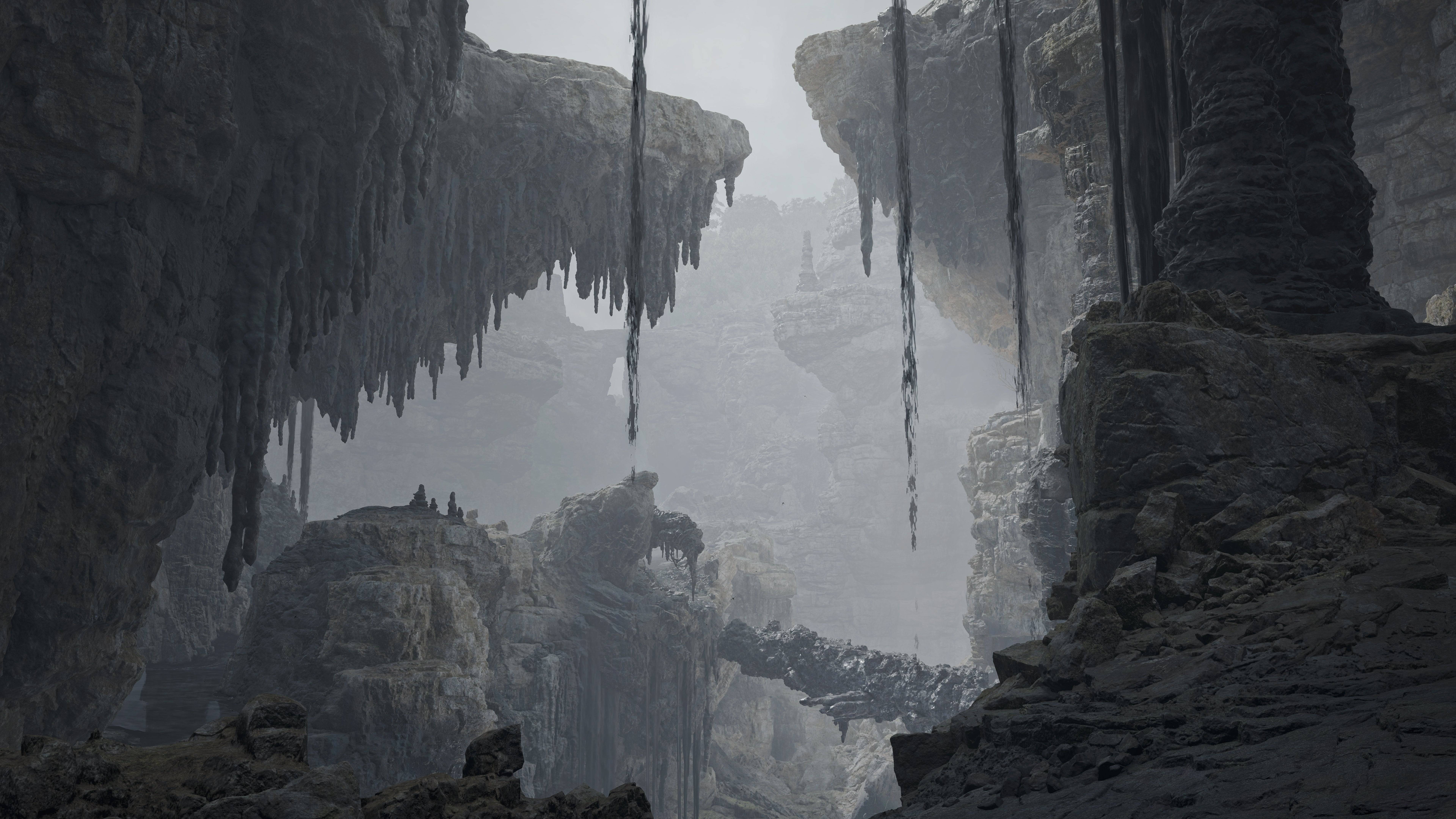
Seamless Hunting and Weapon Adjustments
Wilds' seamless map and dynamic weather necessitated substantial weapon adjustments. Tokuda highlighted significant changes to the Light and Heavy Bowguns and the Bow. The elimination of base-returning for resource replenishment impacted ranged weapons, which traditionally consume ammo and coatings. To address this, basic damage sources were designed to be resource-free, balancing around gauge management while still allowing the use of crafted or field-gathered ammo for enhanced effects.
These changes extended beyond mechanics, influencing weapon design. Fujioka emphasized the visual representation of actions like Bowgun charging, ensuring impactful visuals, particularly for attack cancellations. Technological advancements played a crucial role in refining these animations. The smoother transitions between actions, including weapon stowing and switching, broadened hunter capabilities. The aim was to allow natural weapon use regardless of the situation, even during periods of inactivity. Previously requiring weapon stowing to use healing items, this limitation was overcome through improved animation capabilities.
Fujioka highlighted the new Focus Mode, enabling directional movement during attacks, enhancing player control and fulfilling the vision of fluid, intuitive gameplay. The team constantly strived to adapt to evolving gaming trends and player expectations.
Focus Strikes and Wound System
Wilds introduces a wound system, allowing hunters to inflict significant damage by focusing attacks on specific monster body parts. While damage accumulation generally determines wound creation, environmental factors and monster battles also contribute. Focus Strikes, activated in Focus Mode, deliver massive damage to wounded areas, with unique animations for each weapon type. While initially showcasing weapon individuality, the open beta revealed imbalances, leading to standardization for the release version. The wound system adds strategic depth, offering new tactical choices and environmental interactions, potentially yielding additional rewards.
Monster health and toughness were adjusted to maintain satisfying playtimes and player engagement, despite the increased damage potential of Focus Strikes. Focus Mode aims to enhance the impact of shorter hunting loops.
Weapon Development Process
The development team utilized a six-planner system to manage the 14 weapon types, collaborating with artists and animation designers. The Great Sword served as the initial prototype, informing the development of other weapons. The team prioritized fun and visual appeal, with Focus Strikes inspiring creative animation design. The Great Sword's deliberate tempo influenced the design of faster weapons, ensuring a balanced gameplay experience.
The team focused on highlighting each weapon's unique characteristics rather than achieving uniform ease of use. Open beta feedback led to significant adjustments for the release version, ensuring a balanced and engaging experience. The Hunting Horn, for example, was designed to excel in area control rather than rapid attacks, leveraging its sound-based mechanics. The team aimed to avoid a single overpowered build, preserving the game's diversity and strategic depth.
The ability to carry two weapons encourages complementary builds, fostering strategic variety.
Decoration System and Endgame Content
The decoration system in Wilds is similar to Monster Hunter World, with skills activated through weapon and armor slots. Alchemy allows the creation of single-skill decorations, addressing previous accessibility issues. The developers' personal weapon preferences reflect their design philosophies, with Tokuda favoring adaptable weapons and Fujioka remaining a dedicated Lance user. Open beta feedback led to significant Lance adjustments, addressing concerns about its effectiveness and responsiveness.
The developers' commitment to player feedback and their passion for the game are evident in their continuous efforts to refine the gameplay experience. They strive to maintain the series' unique identity while ensuring a balanced and engaging experience for all players.

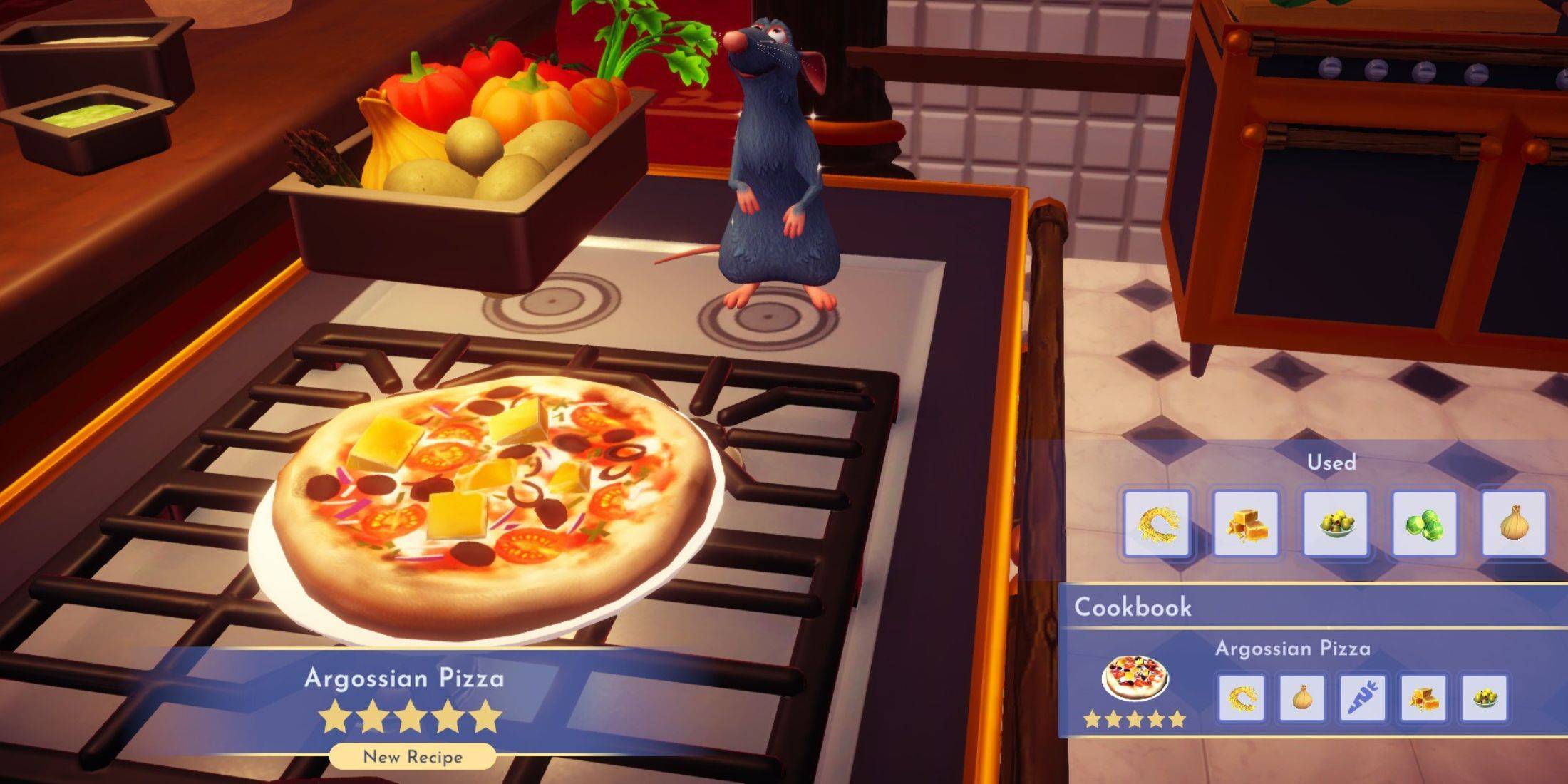
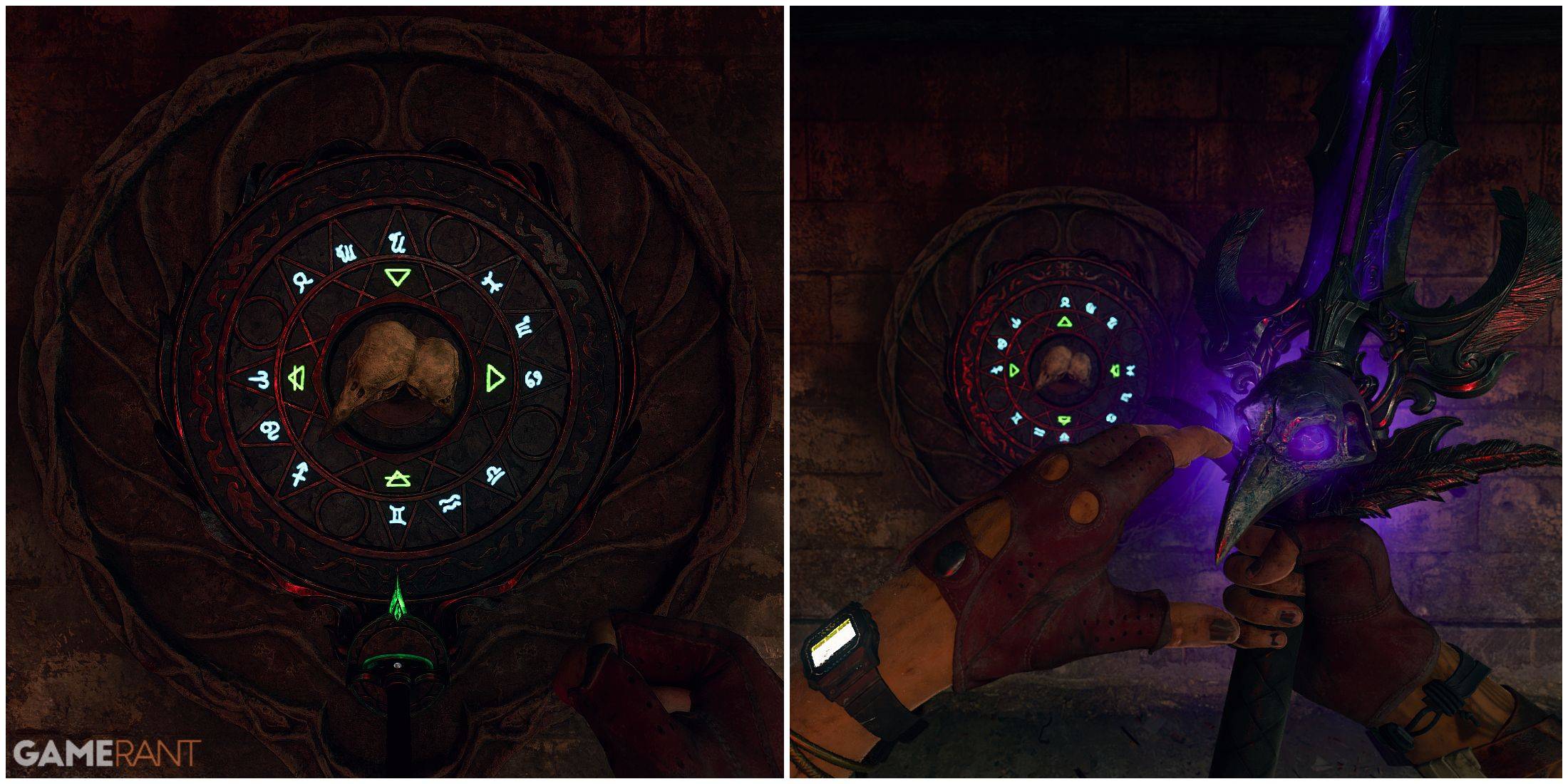

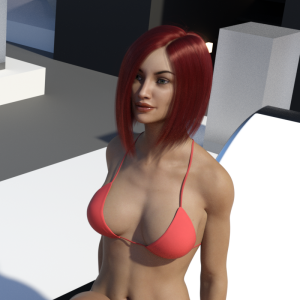

![A Wife in Venice – New Version v2 [EROTIC DROP]](https://images.737c.com/uploads/87/1719599007667eff9f43e90.jpg)
